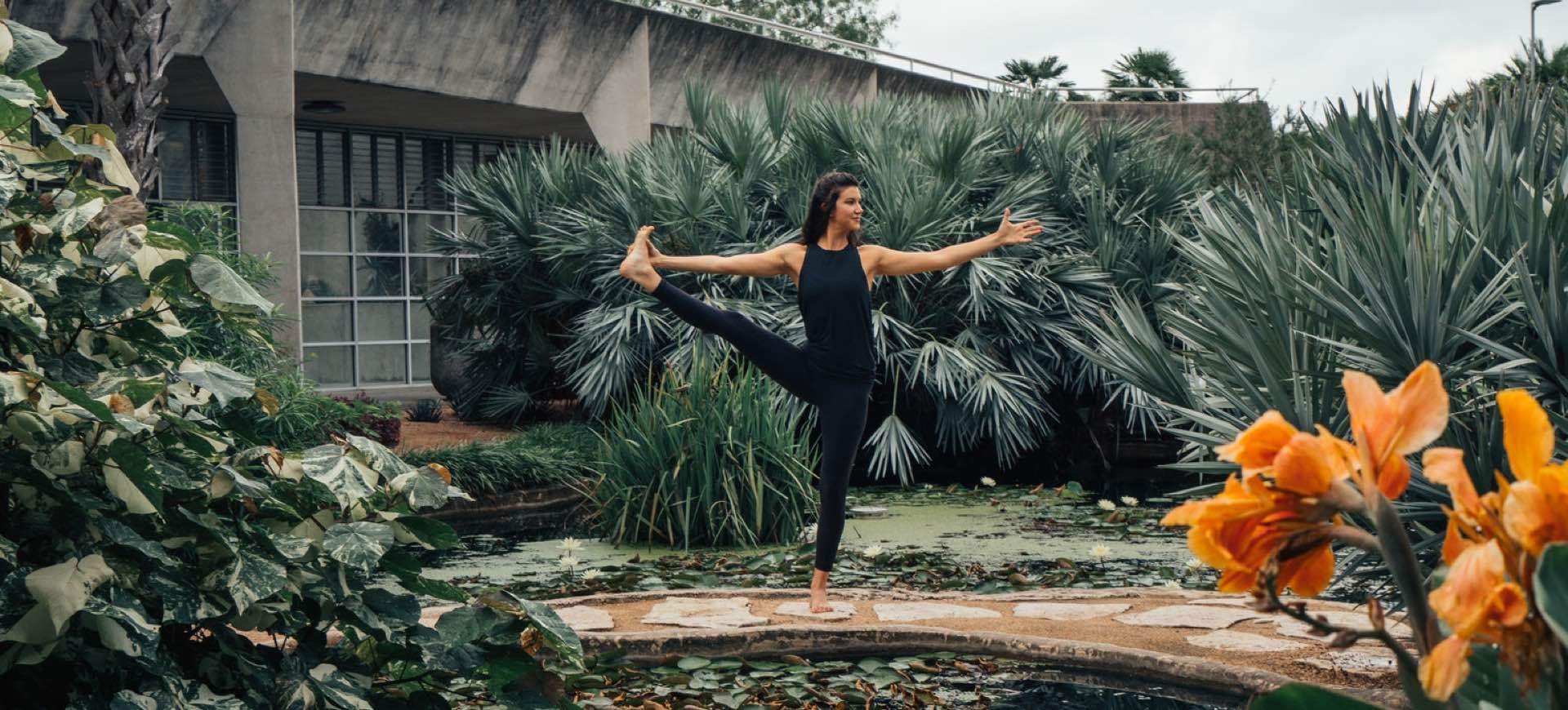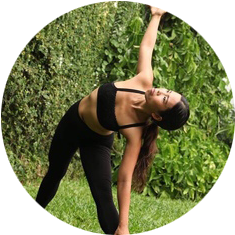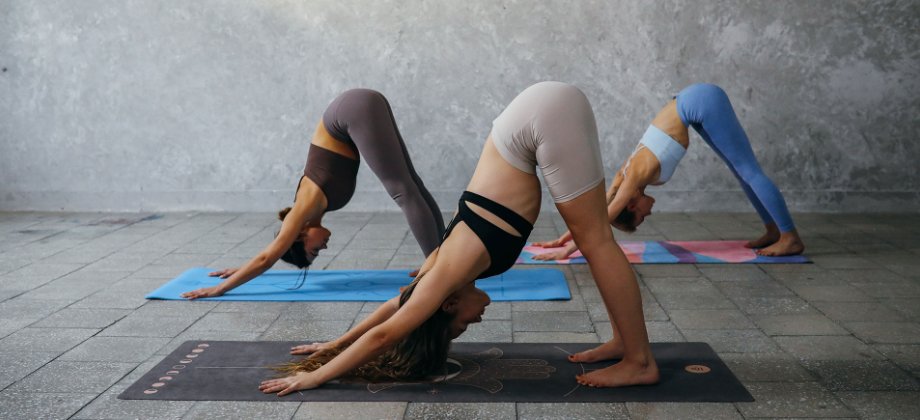
6 Things I Have Learned While Teaching Yoga in Asia
What’s it like teaching yoga in Asia? It has its perks. I was able to reside and teach yoga in beautiful and exotic locations. I also had access to teacher trainings and workshops in Yoga Meccas like Bali, Thailand, and India. Better yet, I was able to teach in Southeast Asia where living expenses were low. From this experience, however, what I value the most would be the things I have learned while teaching yoga in Asia.
I learned to build rapport without words.
One of the biggest challenges I encountered as a yoga teacher in Asia was the language barrier as most of the locals do not speak English. Although I picked up bits and pieces of the language in the places that I lived in, conversations were far from my grasp. I thought this would make my connection with the students a challenge. Rather, it made me realize that connections can be done without the use of words. Sometimes, a smile or even the effort of learning a word in their language and the ability to laugh at yourself when you mispronounce it is enough to make a connection.
I learned how to prioritize, simplify, and layer my cues so that I could reach all my students.
I learned how to teach better.
Whether you are teaching groups of locals or expatriates, cues get lost in translation. Throw in the lack of body awareness and coordination into the mix and you will end up with some very confused and frustrated faces. Teaching in this setting taught me how to become more mindful of the words that I used to teach. I learned how to prioritize, simplify, and layer my cues so that I could reach all my students, from the beginners to the regular practitioners, from native English speakers to second language speakers. I also got better at breaking down poses and coordinating my words with gestures and frame by frame actions.
I learned how to become more flexible.
With the sudden surge of yoga studios in Asia, studios tend to be more competitive in acquiring students. Unlike most studios in the West, booking classes in advance is not a common practice. So, there are days when you find yourself squeezing in a few latecomers into a full class. This may mean that there will be a shortage of some props and a few changes in the class that you planned will be needed.
Students in Asia also tend to go for more difficult classes. It is quite usual to find an absolute beginner lost in an intermediate class who would require a lot of attention.
I learned how to balance.
Students in Asia also tend to go for more difficult classes. It is quite usual to find an absolute beginner lost in an intermediate class who would require a lot of attention. At this point, making sure that you can still distribute your attention to the rest of the class is a skill that takes time to muster. It does get a bit tricky when the absolute beginner can barely understand you.
I learned how to become more versatile.
As mentioned, the big boom of yoga studios and yoga teacher trainings in Asia has caused a shortage in students. With frequent class cancellations due to lack of students and the low-class fees, teaching yoga may not be enough to cover your living expenses. To gain more hours, you might have to teach other styles of yoga or group exercise classes. Sometimes, just to make ends meet, you end up taking on English language teaching to supplement your income.
...if you are considering teaching yoga in Asia, I highly recommend giving it a go as you will learn so much from this experience.
I learned from surpassing my obstacles.
Teaching in Asia has its challenges. From the language barrier to the inconsistent class sizes and the lack of props, the list goes on. These challenges, however, make great learning opportunities. I do not think I would have grown to be the teacher that I am now without all the challenges that made me learn more and do more in terms of my development in this field. So, if you are considering teaching yoga in Asia, I highly recommend giving it a go as you will learn so much from this experience.






